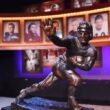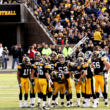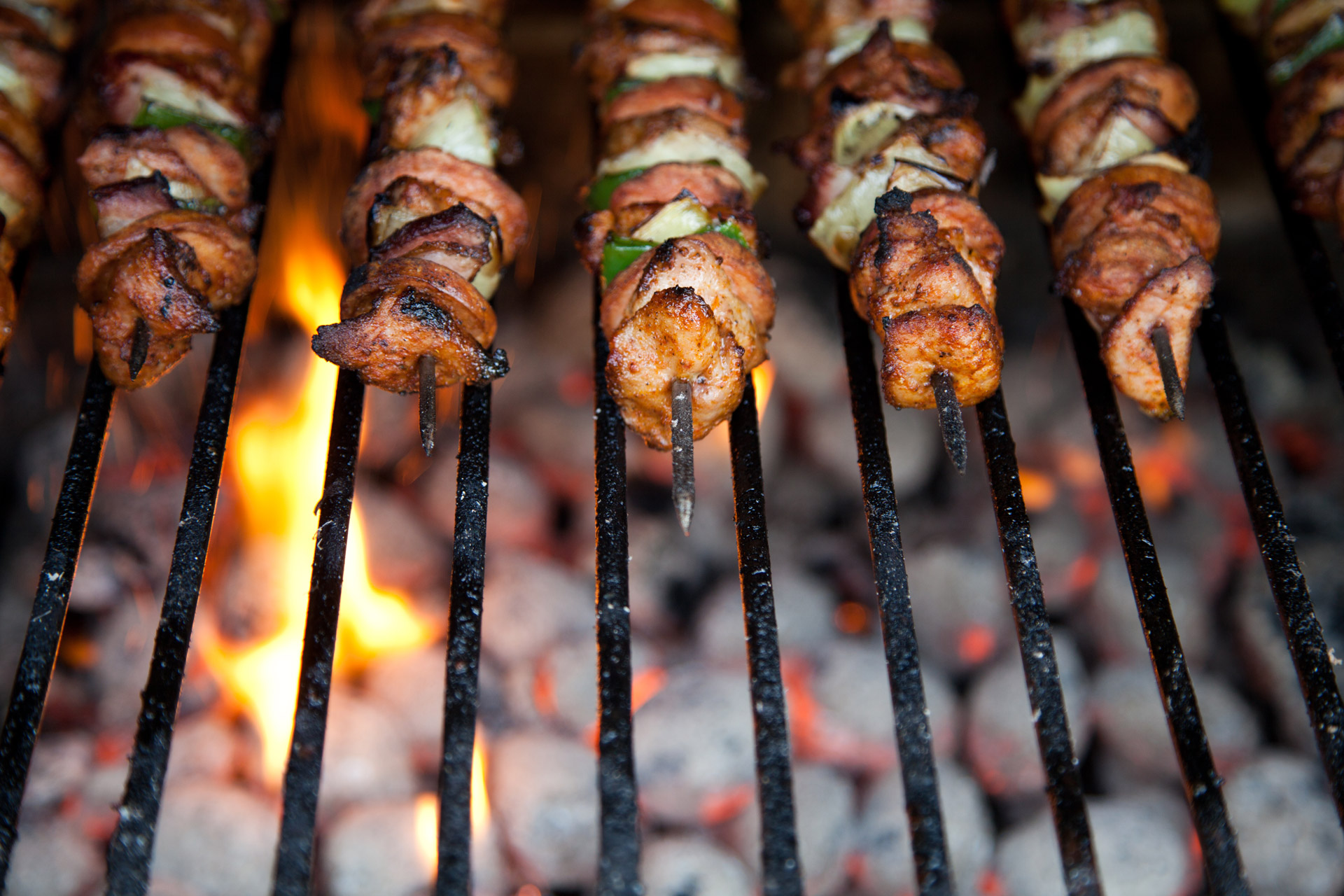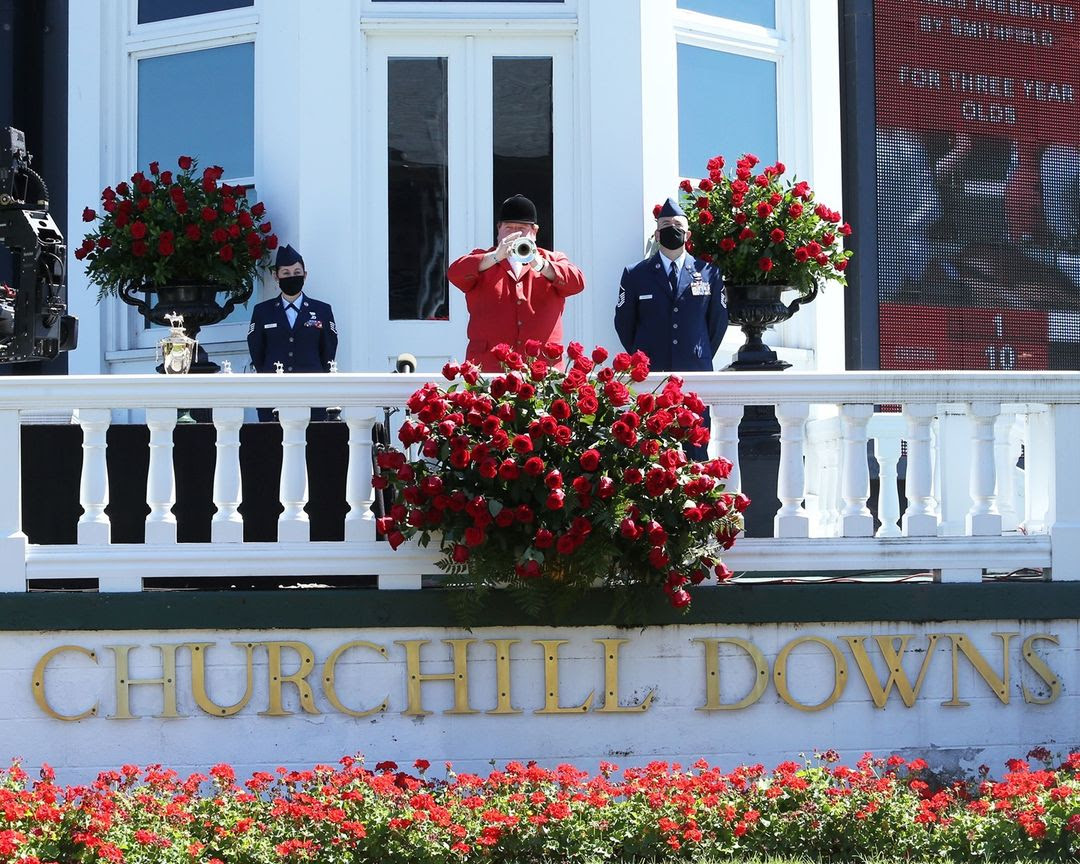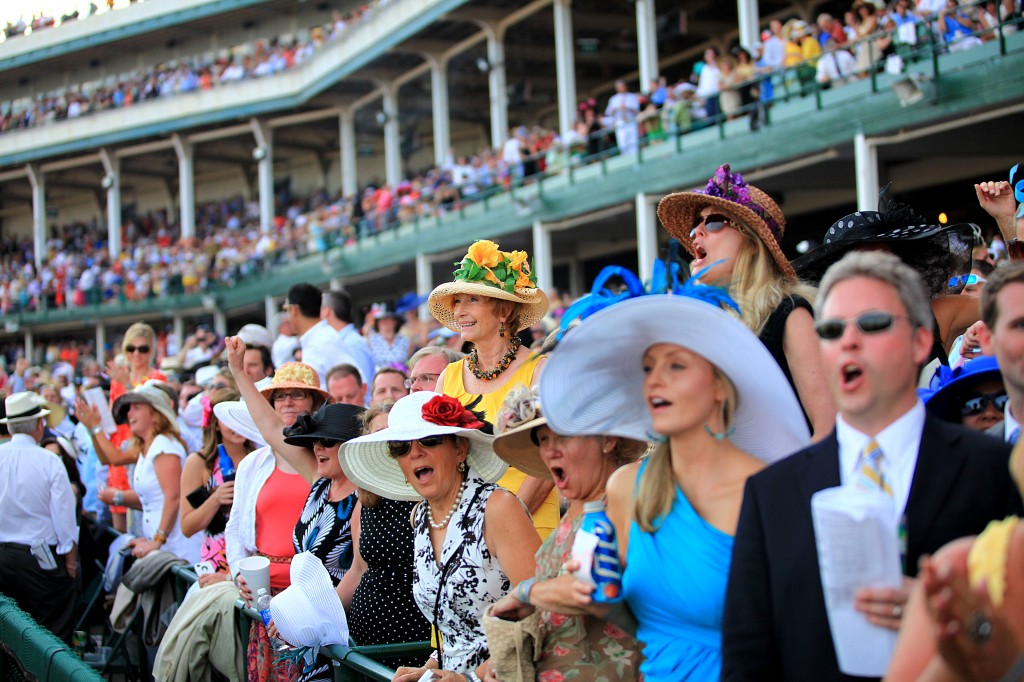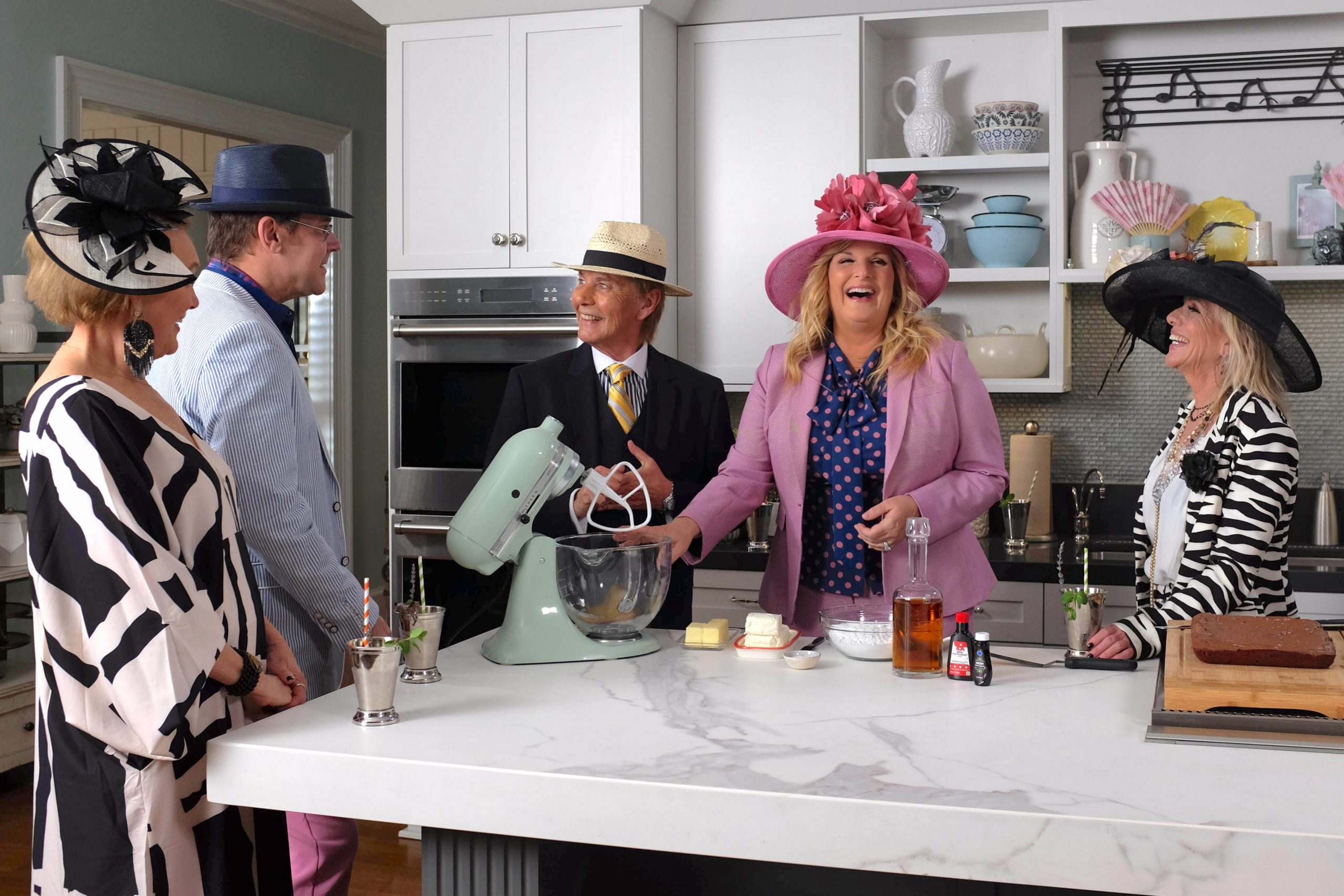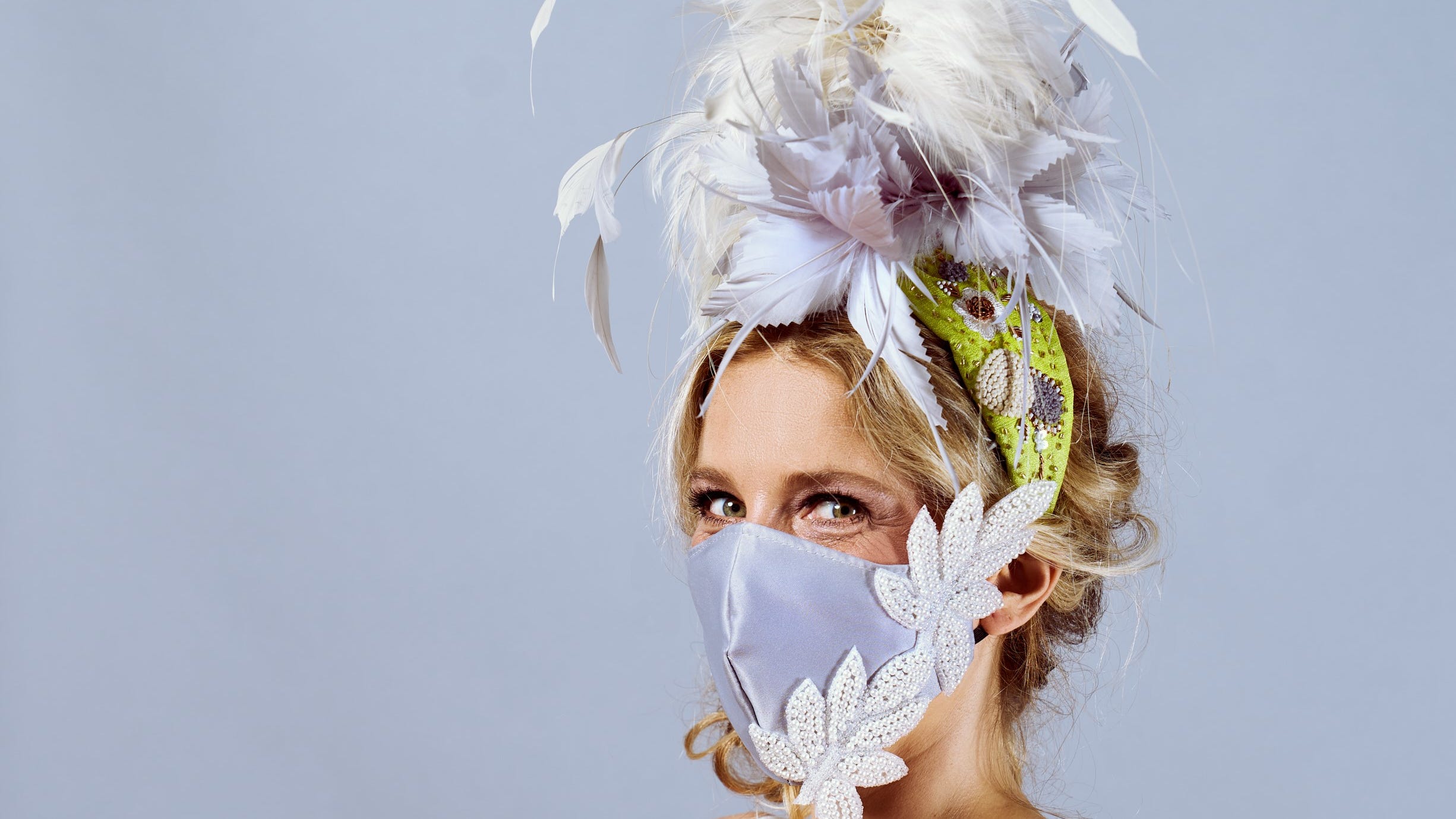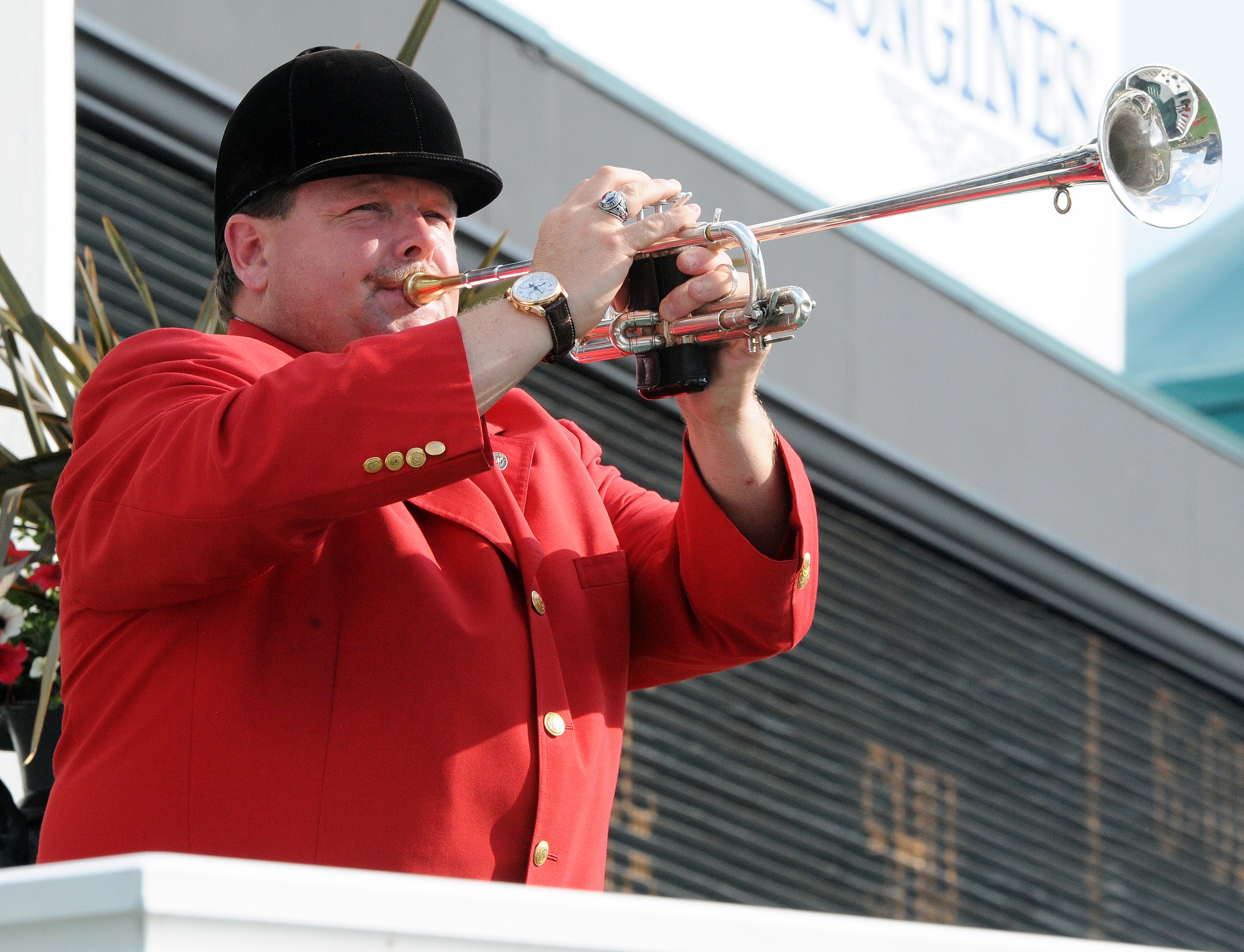One of the most common and catchy nicknames for the Kentucky Derby is “The Run for the Roses.” For those unfamiliar with the Derby, the winning horse is covered in a beautiful display of roses after the race, and the roots of the tradition dates back to the earliest years of the race. Roses and the Kentucky Derby have always been intertwined, and it was probably only a matter of time before someone came up with the alliterative nickname.
Even in its early days, the Kentucky Derby was a grand event that was as much about the spectacle as it was the racing. Ironically, the first use of roses at the race has nothing to do with horses. In 1883, one attendee started giving roses to the ladies after the race. And a relatively small gesture more than 100 years ago has made its way into the history books because Colonel Meriwether Lewis Clark, the founder of the race, wanted to keep using roses at the race and hand them out to the winning horse and jockey as well.
Starting in 1896, when a horse named Ben Brush won, the horses have been covered in roses after winning the Derby. As for the nickname itself, it was born in 1925 when a sportswriter named Bill Corum used it to describe the race.
One of the final tweaks to how roses were used at the Kentucky Derby was when the garland that is placed over the winner was used for the first time in 1932.
Today, there are more than 500 roses on the garland— a fitting prize for a horse and jockey who went “petal” to the metal in order to win.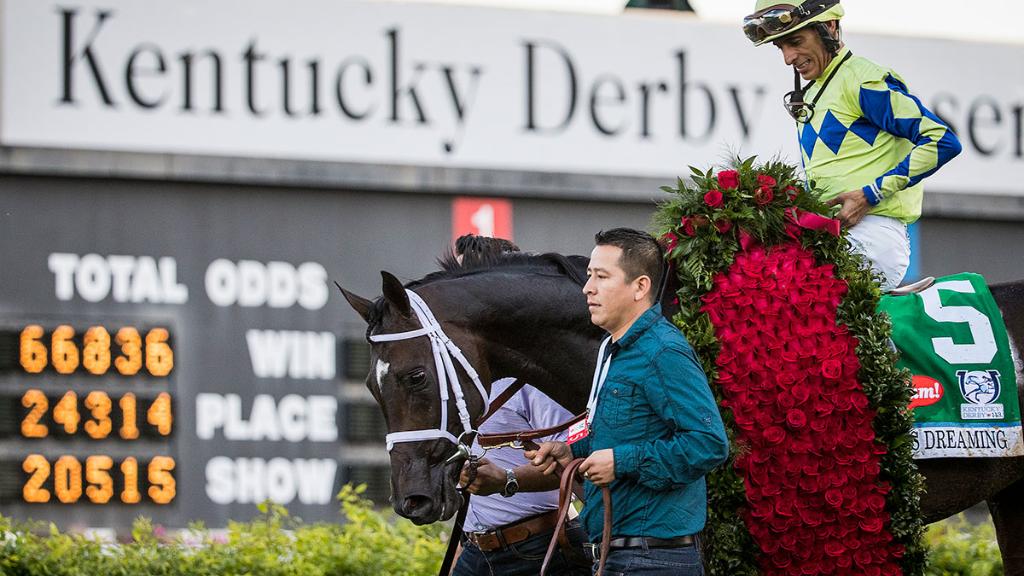
The Kentucky Derby’s roses are one of many traditions in sports today that we view as legendary and elaborate, but started off on a small scale as a simple idea. The story of one of the most iconic trophies in sports, the Stanley Cup, is quite similar. What originated as an ordinary bowl handed out to the winning team eventually became the massive cup with hundreds of names engraved on it that it is today.
Another one of the most prestigious trophies in sports is the green jacket handed to the winner of the Masters, which started off being worn for practical reasons. Before it was provided to the Masters winner in 1949, the green jackets were worn to help distinguish who was a member and who was a guest at Augusta National.
Photo Credit: Google Creative Common Licenses, Forbes Twitter, Kentucky Derby Instagram

